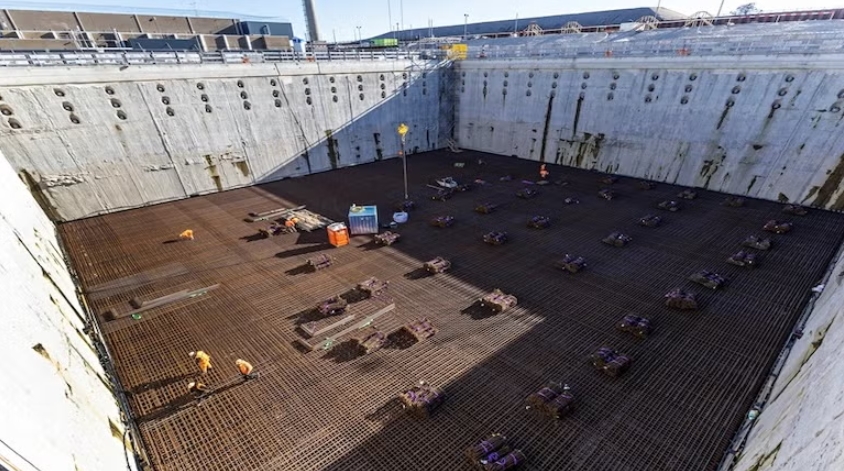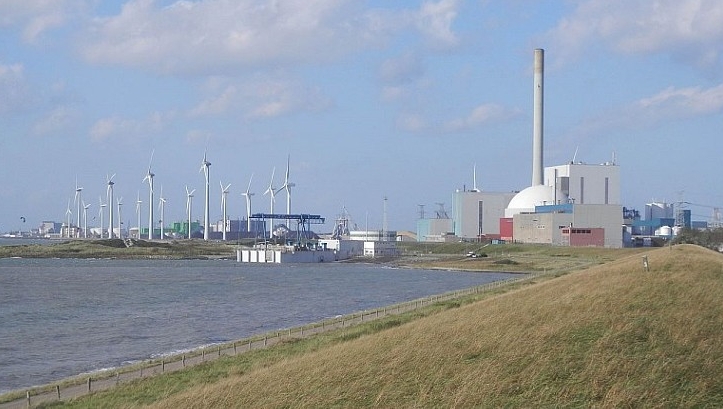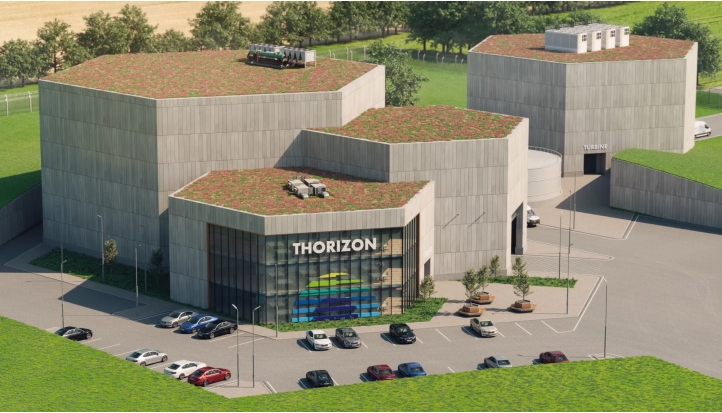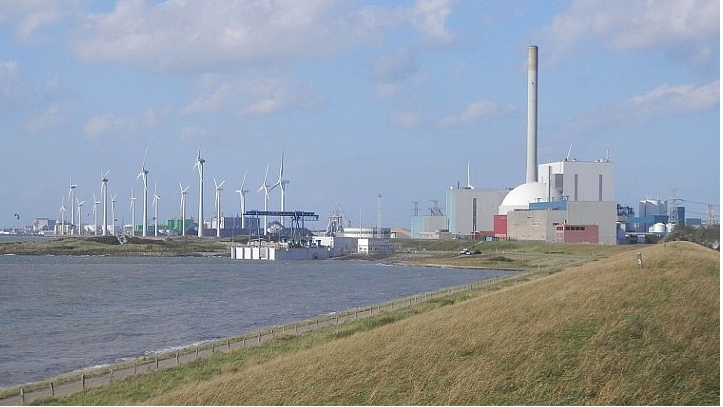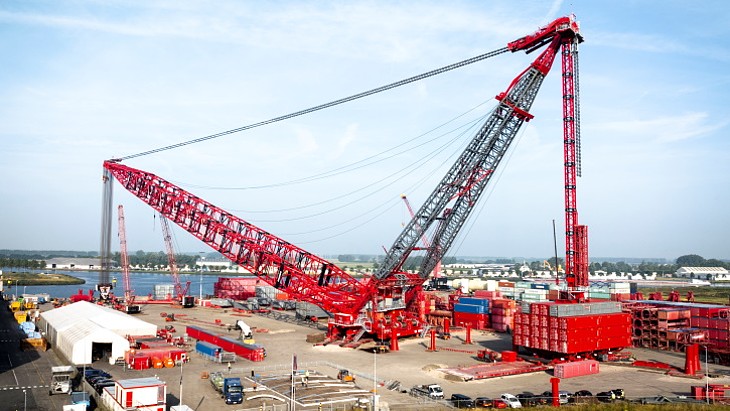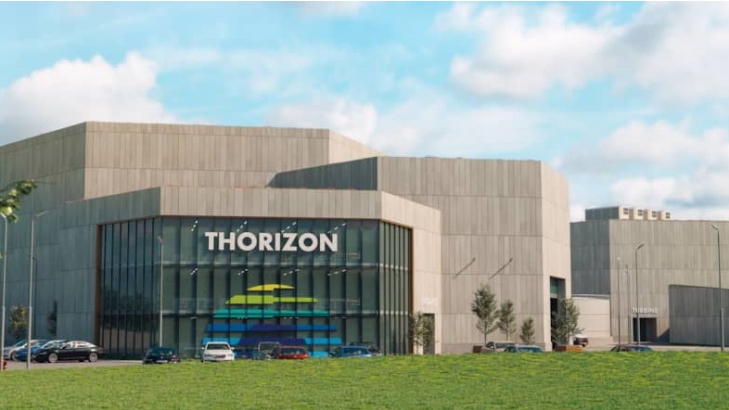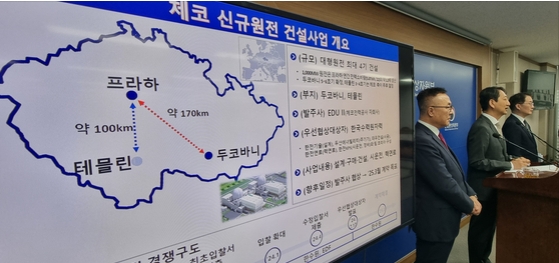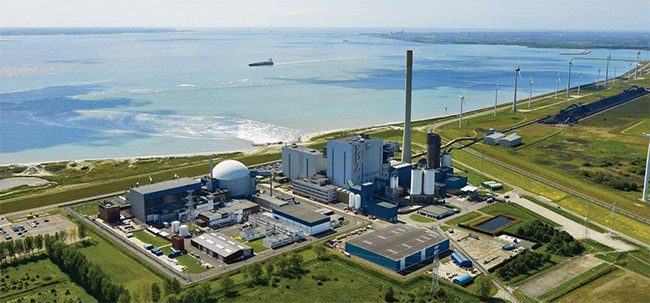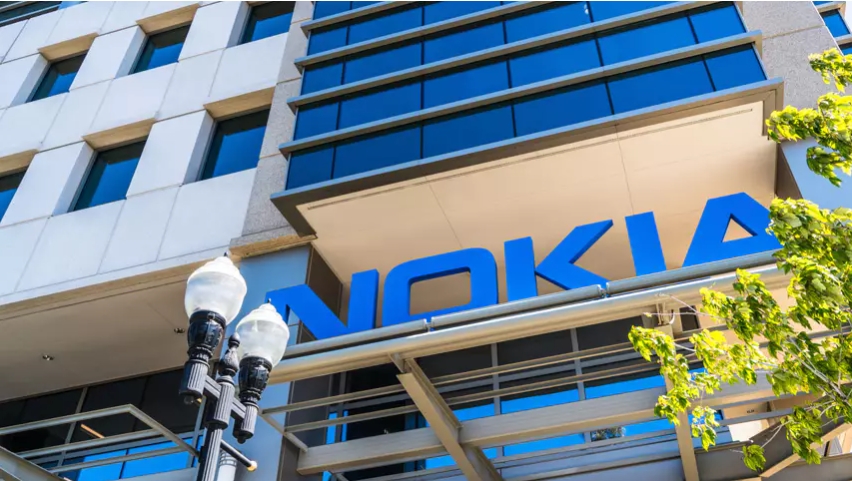
In tandem with this ambitious long-term goal, Nokia is intensifying its efforts to halve its GHG emissions across all scopes by 2030 from a baseline established in 2019.
The company’s 2030 climate targets were validated by the Science Based Targets Initiative (SBTi) in 2017. However, in 2021, it recalibrated its near-term targets in line with a 1.5C warming scenario, having achieved previous 2C aligned targets ahead of schedule.
Today (26 February), Nokia is reiterating its existing near-term target to reduce its GHG emissions by 50% across its value chain (Scopes 1, 2 and 3) by 2030, while accelerating the decarbonisation of its own operations faster than previously planned, and explicitly setting a new long-term target to reach net-zero by 2040.
Nokia’s chief executive officer Pekka Lundmark said: “Our new emission reduction targets show that net-zero is a business priority for Nokia.
“We already help our telecoms customers to decarbonise by building sustainable, high-performance networks, and we work with a rapidly growing range of enterprise partners to reduce emissions and improve productivity.
“By committing to net-zero by 2040 we build on our previous climate targets as we look to create technology that helps the world act together.”
Nokia has submitted its commitment to achieving net-zero emissions by 2040 to the SBTi, to ensure alignment of its new long-term goal with climate science. More than 2,900 companies have signalled their intention to align with the SBTi net-zero standard to date.
Nokia’s pathway to net-zero
Nokia has devised a new pathway toward achieving net-zero emissions, focusing on various aspects of its operations.
In terms of product design and innovation, Nokia aims to enhance the energy efficiency of its products and solutions to address emissions stemming from their usage.
So far, the company has achieved 50% reduction in the average power consumption of 5G Base stations by 2023 compared to the 2019 baseline.
The introduction of the Quillion chipset has led to a 50% decrease in power consumption for broadband access products during fibre installations compared to previous generations.
Additionally, the FP5 network processor offers a 75% reduction in power consumption compared to its predecessor.
In terms of transitioning to low-carbon electricity, Nokia is committed to achieving 100% renewable electricity usage in its own facilities by 2025.
It already achieved 63% renewable electricity usage in its facilities in 2022. This transition involved a mix of strategies, including on-site solar installations, Power Purchase Agreements (PPAs), direct procurement of renewable electricity products from energy suppliers and the use of renewable electricity certificates.
Moreover, the company aims to achieve 95% circularity by 2030 concerning operational waste, encompassing waste from offices, labs, manufacturing, installation and product takeback.
In 2023, Nokia announced plans to reduce packaging waste for its Fixed Networks Lightspan portfolio, resulting in a reduction in packaging size (60%) and overall weight (44%).
Lastly, in addressing residual emissions that cannot be eliminated through other measures, Nokia is exploring solutions for carbon removal and storage to support its long-term net-zero targets.
